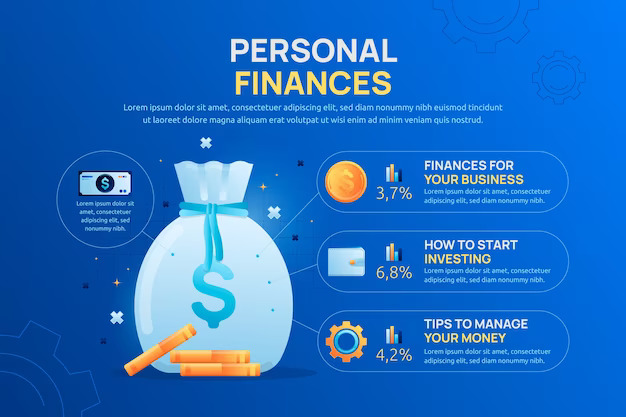Achieving financial independence is a goal that many people strive for. It means having enough savings and investments to support your desired lifestyle without having to rely on a traditional job or paycheck. This may seem like a daunting task, but with the right strategies and mindset, it is achievable for anyone. In this guide, we will break down the steps to achieving financial independence and provide tips to help you reach your goal.
What is Financial Independence?
Financial independence is the ability to cover your living expenses without having to work for a traditional paycheck. This can be achieved through a combination of passive income, such as investments, rental properties, or royalties, and frugal living. It allows you to have more control over your time and pursue your passions without the constraints of a traditional job.
Why is Financial Independence Important?
Financial independence provides a sense of security and freedom. It allows you to have more control over your time and pursue your passions without the constraints of a traditional job. It also provides a safety net in case of unexpected job loss or economic downturns. Additionally, achieving financial independence can lead to a more fulfilling and stress-free life, as you are not solely reliant on a job for your income.
Step 1: Set Your Financial Independence Goal
The first step to achieving financial independence is to set a specific goal. This goal should include a target amount of savings and investments, as well as a timeline for achieving it. It is important to be realistic and consider factors such as your current income, expenses, and lifestyle. You can use online calculators or consult with a financial advisor to determine your target goal.
Step 2: Create a Budget and Track Your Expenses
To achieve financial independence, you need to have a clear understanding of your income and expenses. Start by creating a budget that outlines your monthly income and expenses. This will help you identify areas where you can cut back on spending and increase your savings. It is also important to track your expenses to ensure that you are staying within your budget and making progress towards your financial independence goal.
Step 3: Increase Your Income
One way to speed up the process of achieving financial independence is to increase your income. This can be done through a variety of ways, such as asking for a raise, taking on a side hustle, or investing in income-generating assets. It is important to be strategic and consider the potential return on investment for any additional income streams.
Step 4: Pay Off Debt
Debt can be a major obstacle to achieving financial independence. Interest payments on debt can eat into your income and hinder your ability to save and invest. Make a plan to pay off any high-interest debt, such as credit card debt, as quickly as possible. This will free up more of your income to put towards savings and investments.
Step 5: Build Your Emergency Fund
An emergency fund is a crucial component of financial independence. It provides a safety net in case of unexpected expenses or job loss. Aim to have at least 3-6 months’ worth of living expenses saved in an easily accessible account, such as a high-yield savings account.
Step 6: Invest for the Long-Term
Investing is a key component of achieving financial independence. It allows your money to grow over time and generate passive income. It is important to have a diversified investment portfolio that includes a mix of stocks, bonds, and real estate. Consider consulting with a financial advisor to determine the best investment strategy for your goals and risk tolerance.
Step 7: Live Below Your Means
Living below your means is a crucial aspect of achieving financial independence. This means spending less than you earn and avoiding lifestyle inflation. It may require making sacrifices and cutting back on unnecessary expenses, but it will ultimately help you reach your financial independence goal faster.
Step 8: Continuously Educate Yourself
To achieve financial independence, it is important to continuously educate yourself about personal finance and investing. This can be done through reading books, attending seminars, or consulting with a financial advisor. Some recommended books on financial independence include “Your Money or Your Life” by Vicki Robin and “The Simple Path to Wealth” by JL Collins.
Step 9: Stay Disciplined and Patient
Achieving financial independence takes time and discipline. It is important to stay focused on your goal and resist the temptation to overspend or make impulsive financial decisions. Remember that every small step towards your goal is progress, and it will all add up over time.
Step 10: Enjoy Your Financial Independence
Once you have achieved financial independence, it is important to enjoy the fruits of your labor. This may mean pursuing your passions, traveling, or spending more time with loved ones. It is also important to continue managing your finances and investments to maintain your financial independence.
Conclusion
Achieving financial independence is a journey that requires dedication, discipline, and patience. By setting a clear goal, creating a budget, increasing your income, and investing for the long-term, you can reach your goal of financial independence. Remember to continuously educate yourself and stay disciplined, and you will be on your way to a more fulfilling and stress-free life.



